Chemical composition of stainless steel and alloys for knives
The chemical composition of knife steel (knife stainless steel) must be balanced, not overalloyed and accurate. The specification tolerance must be tight to ensure high consistent quality of the finished knife.
The most common chemical elements of knife steel:
- Carbon (C): the main factor in hardness. However, too much carbon makes it difficult to produce martensite from the material, so deep freezing is necessary to achieve high hardness. Hardness is related to the amount of carbon dissolved in the steel matrix. By binding chromium into carbides, carbon indirectly reduces corrosion resistance.
- Chromium (Cr): the main factor in corrosion resistance. The achieved corrosion resistance depends on the amount of Cr dissolved in the steel matrix and is not related to the nominal composition. Cr is also a major factor in carbide formation.
- Molybdenum (Mo): promotes carbide formation and has a small effect on the hardness and corrosion resistance of martensitic stainless grades.
- Vanadium (V): strong carbide former. Vanadium carbides are also very stable and do not dissolve during heat treatment.
- Nitrogen (N): A hardness factor like carbon, but does not have the same negative effect on corrosion resistance. Nitrogen is not normally used in these applications because it is difficult to achieve significant levels of nitrogen in traditional steelmaking.
- Sulfur (S): forms sulphide inclusions that adversely affect the initiation of pitting.
- Manganese (Mn), phosphorus (P) and silicon (Si): these elements do not contribute significantly. A general rule of thumb is to keep them as low as possible in the knife steel composition.
The most important thing to remember is that the hardness and corrosion resistance of stainless steel for knives is related to the composition of the matrix after hardening, and not to the nominal chemical composition of the steel. Excessive amounts of these elements form large primary carbides during casting and will not add hardness or corrosion resistance to the finished knife.
Primary carbides make the knife more brittle and harder to sharpen than a fine-grained steel knife of the same hardness. Steels containing large primary carbides will also cause very high wear on the stamping tools, making them unsuitable for stamping.
| Grade | Chemical composition, % | ||||||||||||||
| C ↓ | Cr ↓ | Mo ↓ | W ↓ | V ↓ | Mn ↓ | Nb ↓ | Si ↓ | Ni ↓ | P ↓ | Cu ↓ | S ↓ | Co ↓ | N ↓ | Fe ↓ | |
| M398 | 2.7 | 20.0 | 1.0 | 0.7 | 7.2 | 0.5 | - | 0.5 | - | - | - | - | - | - | Other |
| M390 | 1.9 | 20.0 | 1.0 | 0.6 | 4.0 | 0.3 | - | 0.7 | - | - | - | - | - | - | Other |
| N695 | 0.95-1.2 | 16.0-18.0 | 0.65 | - | - | 1.0 | - | 1.0 | 0.75 | 0.05 | 0.5 | 0.03 | - | - | Other |
| N690 | 1.08 | 17.3 | 1.1 | - | 0.1 | 0.4 | - | 0.4 | - | - | - | - | 1.5 | - | Other |
| N685 | 0.9 | 17.5 | 1.1 | - | 0.1 | 0.4 | - | 0.45 | - | - | - | - | - | - | Other |
| CTS BD1 | 0.85-0.95 | 15.0-17.0 | 0.5 | - | - | 1.0 | - | 1.0 | - | 0.04 | - | 0.03 | - | - | Other |
| CTS BD1N | 0.85-0.95 | 15.0-17.0 | 0.5 | - | - | 1.0 | - | 1.0 | - | 0.03 | - | 0.01 | - | 0.10-0.15 | Other |
| CTS 204P | 1.9 | 20.0 | 1.0 | 0.65 | 4.0 | 0.35 | - | 0.6 | - | - | - | - | - | - | Other |
| CTS XHP | 1.6 | 16.0 | 0.8 | - | 0.45 | 0.5 | - | 0.4 | 0.35 | - | - | - | - | - | Other |
| Vanax SuperClean | 0.36 | 18.2 | 1.1 | 0.06 | 3.5 | 0.3 | - | 0.3 | 0.18 | 0.19 | 0.09 | 0.01 | 0.05 | 1.55 | Other |
| Elmax | 1.7 | 18.0 | 1.0 | 0.11 | 3.0 | 0.35 | - | 0.8 | 0.15 | - | - | - | - | - | Other |
| CPM MagnaMax | 2.04 | 10.65 | 2.0 | - | 8.0 | 0.5 | 2.5 | - | 0.2 | - | - | - | 0.8 | - | Other |
| CPM MagnaCut | 1.45 | 10.7 | 2.0 | - | 4.0 | 0.5 | 2.0 | 0.4 | - | - | - | - | - | 0.2 | Other |
| CPM MPL-1 | 3.75-3.80 | 24.0-24.2 | 3.0 | 0.4 | 9.0-9.1 | 0.45-0.50 | - | 0.5 | - | 0.015 | - | 0.015 | - | - | Other |
| CPM S125V | 3.3 | 14.0 | 2.5 | - | 12.0 | 0.5 | - | 0.9 | - | - | - | - | - | - | Other |
| CPM S110V | 2.8-2.9 | 14.0-15.3 | 2.25 | - | 9.0 | 0.4 | 3.0 | 0.6 | - | - | - | - | 2.5 | - | Other |
| CPM S90V | 2.3 | 14.0 | 1.0 | - | 9.0 | 0.4 | - | 0.4 | - | - | - | - | - | - | Other |
| CPM S60V | 2.15 | 17.0 | 0.4 | 0.4 | 5.5 | 0.4 | - | 0.4 | - | - | - | - | - | - | Other |
| CPM S45VN | 1.48 | 16.0 | 2.0 | - | 3.0 | - | 0.5 | - | - | - | - | - | - | 0.15 | Other |
| CPM S35VN | 1.4 | 14.0 | 2.0 | 0.5 | 3.0 | 0.5 | 0.5 | 0.4 | 0.4 | 0.03 | - | 0.03 | 0.5 | - | Other |
| CPM S30V | 1.45 | 14.0 | 2.0 | 0.4 | 4.0 | 0.5 | - | 0.5 | - | 0.03 | - | - | 1.0 | 0.5 | Other |
| CPM SPY27 | 1.25 | 14.0 | 2.0 | - | 2.0 | 0.5 | 1.0 | 0.5 | - | - | - | - | 1.5 | 0.1 | Other |
| CPM 20CV | 1.9 | 20.0 | 1.0 | 0.6 | 4.0 | 0.3 | - | 0.3 | - | - | - | - | - | - | Other |
| CPM 154 (154 CM) | 1.05 | 14.0 | 4.0 | 0.4 | 0.4 | 0.5 | - | 0.8 | - | 0.03 | - | 0.03 | - | - | Other |
| CPM D2 | 1.54 | 11.3 | 0.76 | - | 0.92 | 0.31 | - | 0.81 | - | 0.016 | - | 0.014 | - | - | Other |
| RWL-34 | 1.05 | 14.0 | 4.0 | - | 0.2 | 0.5 | - | 0.5 | - | - | - | - | - | - | Other |
| SG2 | 1.4 | 15.0 | - | - | 1.8-2.2 | 0.4 | - | 0.5 | 0.15 | 0.03 | 0.3 | 0.03 | - | - | Other |
| SPG STRIX | - | - | - | - | - | - | - | - | - | - | - | - | - | - | Other |
| VG-10 | 0.95-1.05 | 14.5-15.5 | 0.9-1.2 | - | 0.2-0.3 | - | - | 0.6 | - | 0.03 | - | - | 1.3-1.8 | - | Other |
| VG-10W | 1.0 | 15.0 | 1.0 | 0.4 | 0.25 | - | - | - | - | - | - | - | 1.55 | - | Other |
| ZDP-189 | 3.0 | 20.0 | 1.4 | 0.6 | 0.1 | 0.5 | - | 0.4 | - | - | - | - | - | - | Other |
| ATS-34 | 1.05 | 14.0 | 4.0 | - | - | 0.4 | - | 0.35 | 0.3 | 0.03 | - | 0.02 | - | - | Other |
| ATS-55 | 1.0 | 14.0 | 0.6 | - | - | 0.5 | - | 0.35 | - | 0.03 | 0.2 | - | 0.4 | - | Other |
| AUS-8 | 0.7-0.75 | 13.0-14.5 | 0.1-0.3 | - | 0.1-0.26 | 0.5 | - | 1.0 | 0.5 | 0.04 | - | 0.03 | - | - | Other |
| AUS-10A | 0.95-1.1 | 13.0-14.5 | 0.1-0.31 | - | 0.1-0.27 | 0.5 | - | 1.0 | 0.49 | 0.04 | - | 0.03 | - | - | Other |
| AISI 440C | 0.95-1.2 | 16.0-18.0 | <0.75 | - | - | <1.0 | - | <1.0 | <1.0 | <0.04 | - | <0.03 | - | - | Other |
| MA5 | 0.35 | 16.0 | - | - | - | 0.35 | - | 0.35 | - | - | - | - | - | 0.15 | Other |
| Nitro-V | 0.68 | 13.5 | - | - | 0.1 | 0.45 | - | 0.35 | - | 0.01 | - | 0.001 | - | 0.12 | Other |
| PMD550 | 2.66 | 17.0 | 1.8 | - | 3.3 | - | - | - | - | - | - | - | 2.0 | - | Other |
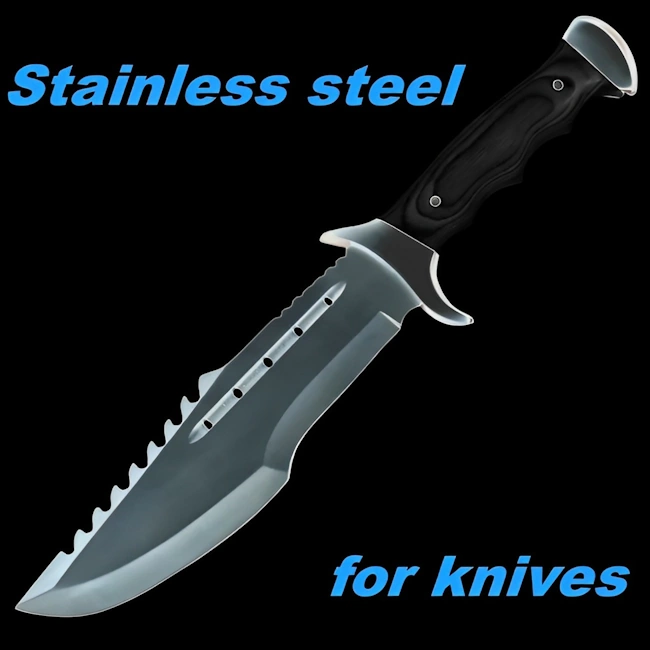
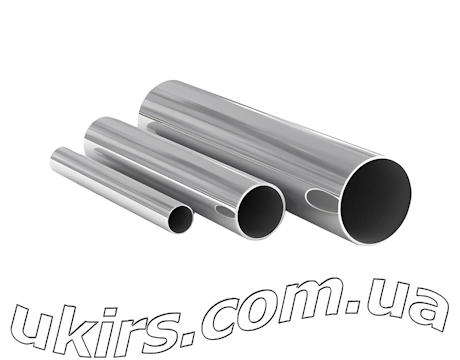 Stainless Steel Round Pipe
Stainless Steel Round Pipe 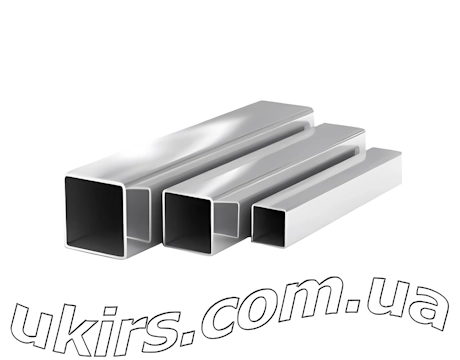 Stainless Steel Square Pipe
Stainless Steel Square Pipe 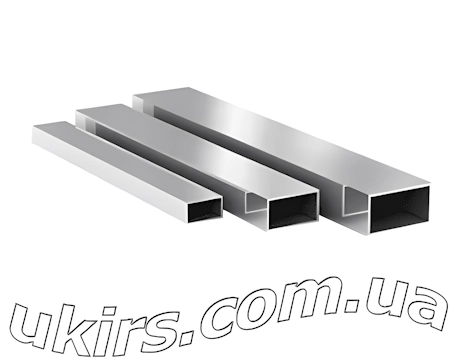 Stainless Steel Rectangular Pipe
Stainless Steel Rectangular Pipe 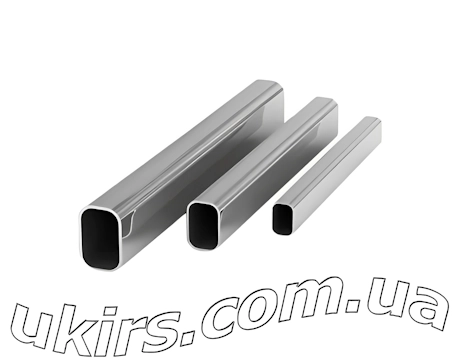 Stainless Steel Oval Pipe
Stainless Steel Oval Pipe 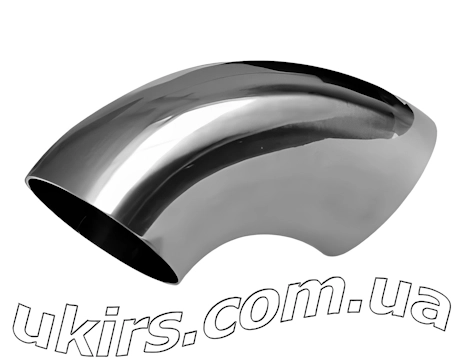 Stainless Steel Elbow
Stainless Steel Elbow 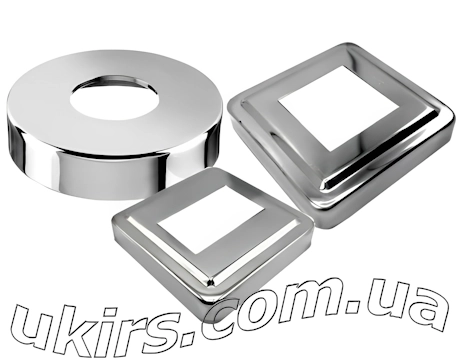 Stainless Steel Decorative Cover
Stainless Steel Decorative Cover 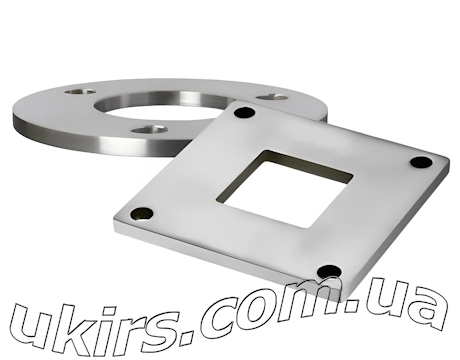 Stainless Steel Flange
Stainless Steel Flange 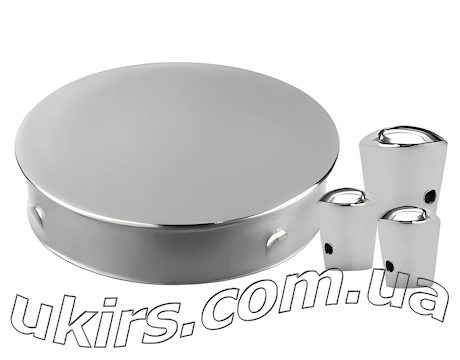 Stainless Steel Plug / Cap
Stainless Steel Plug / Cap 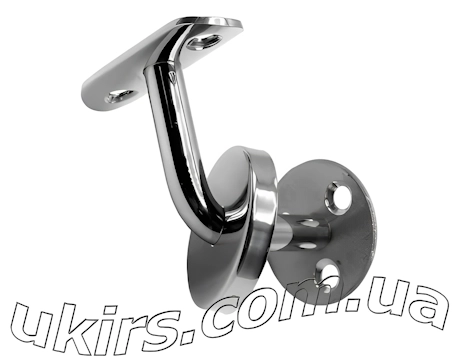 Stainless Steel Handrail Holder
Stainless Steel Handrail Holder